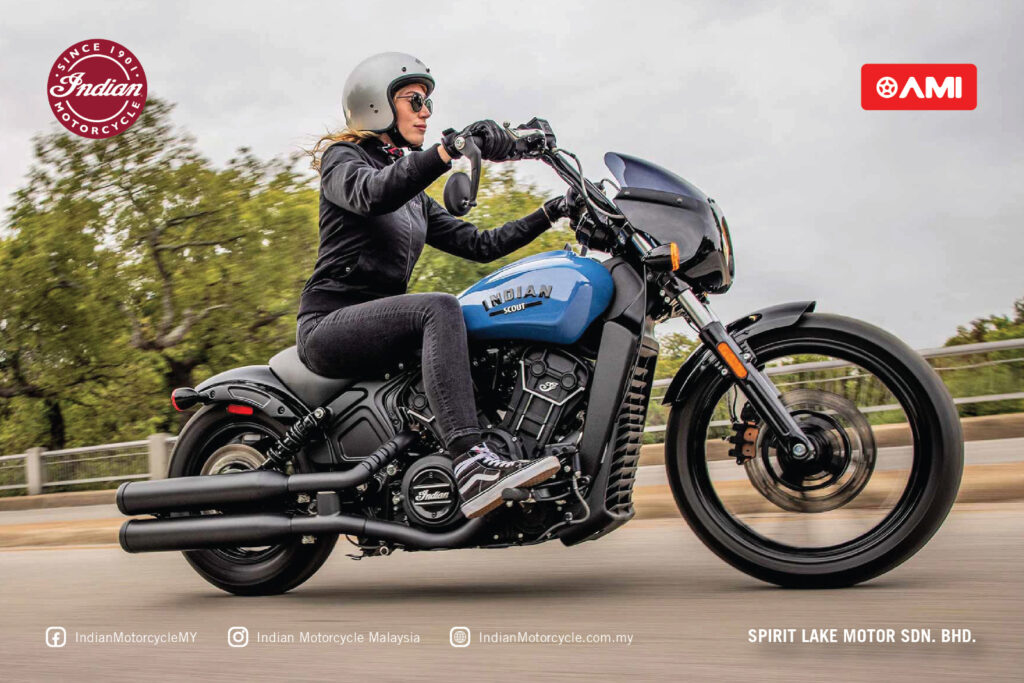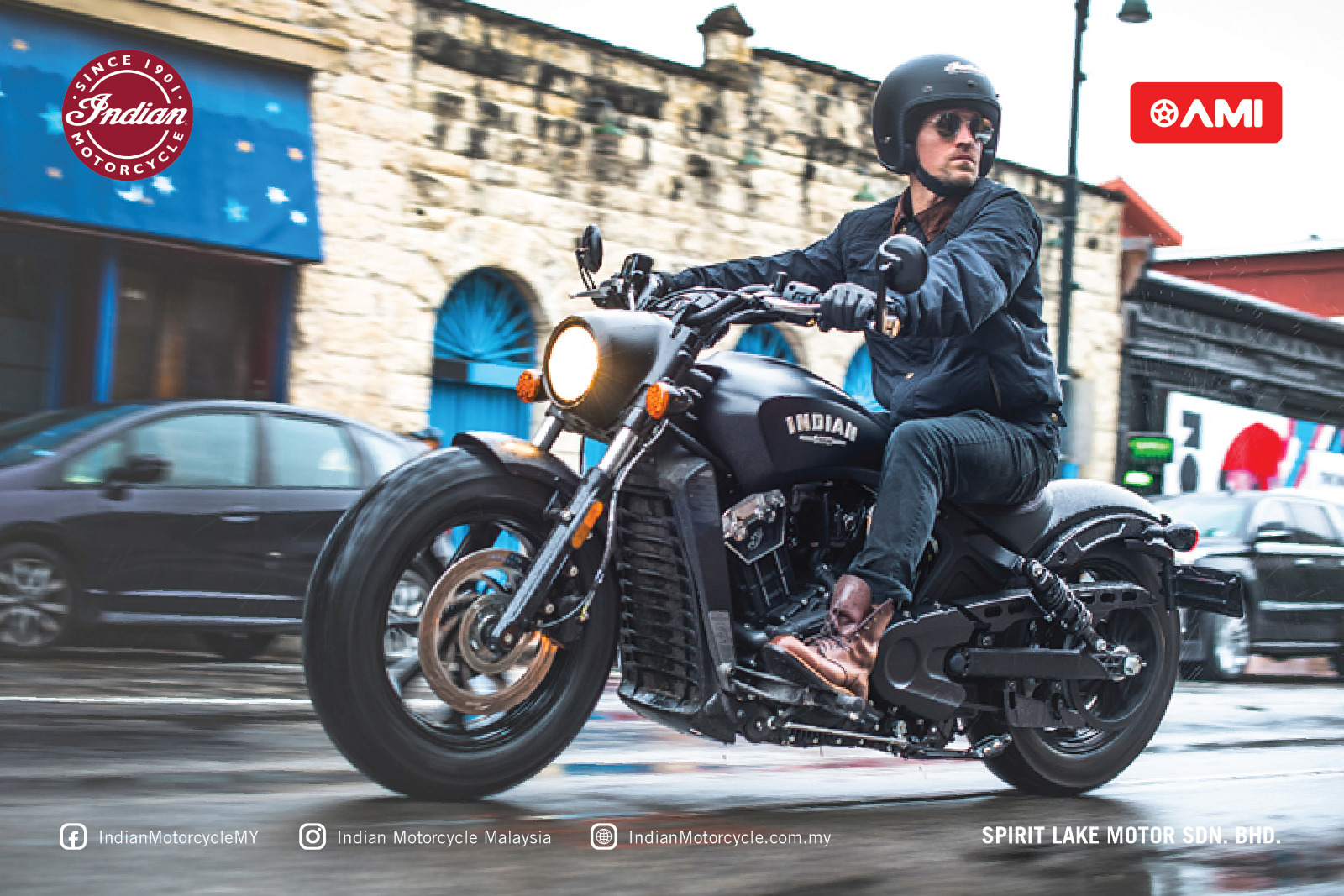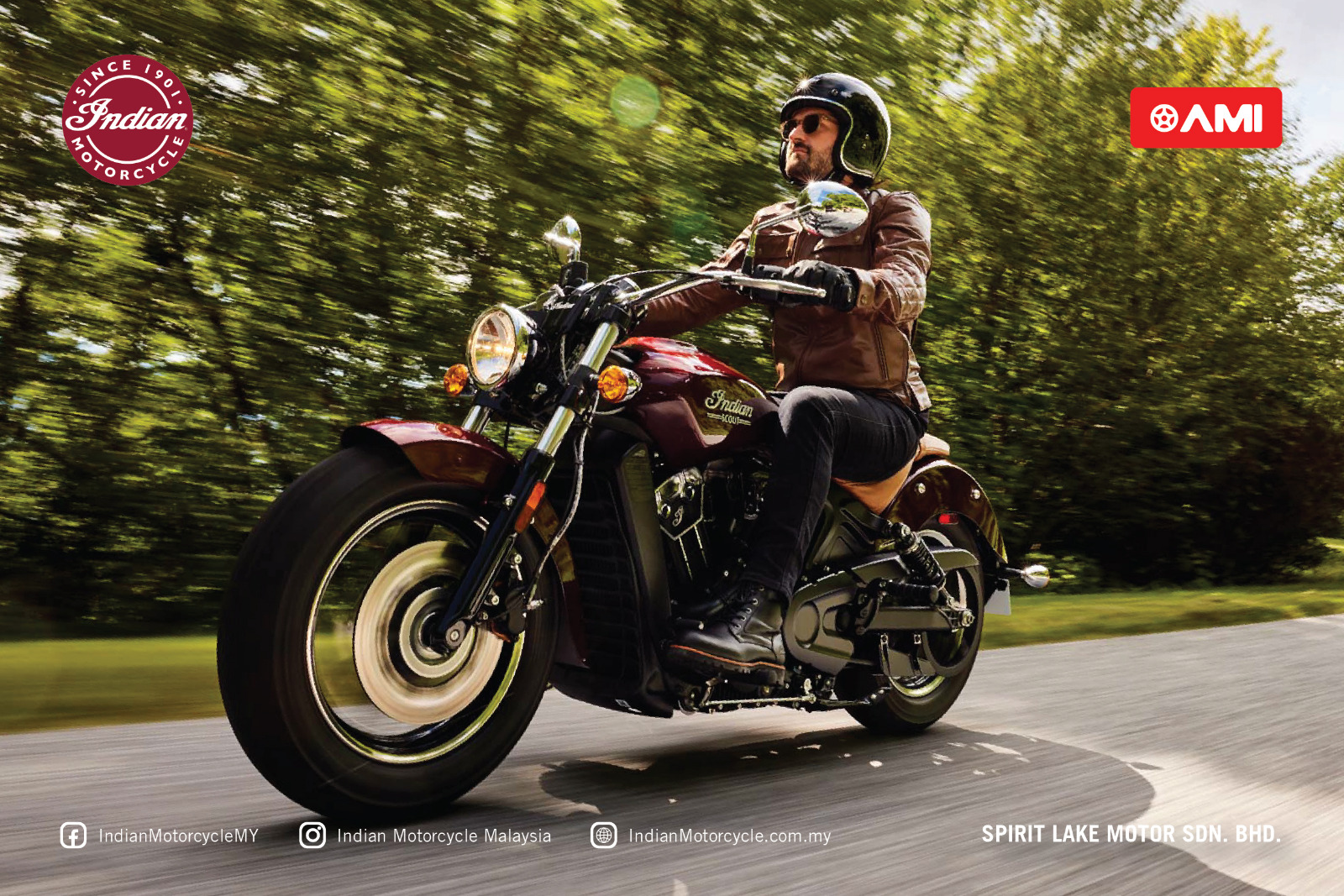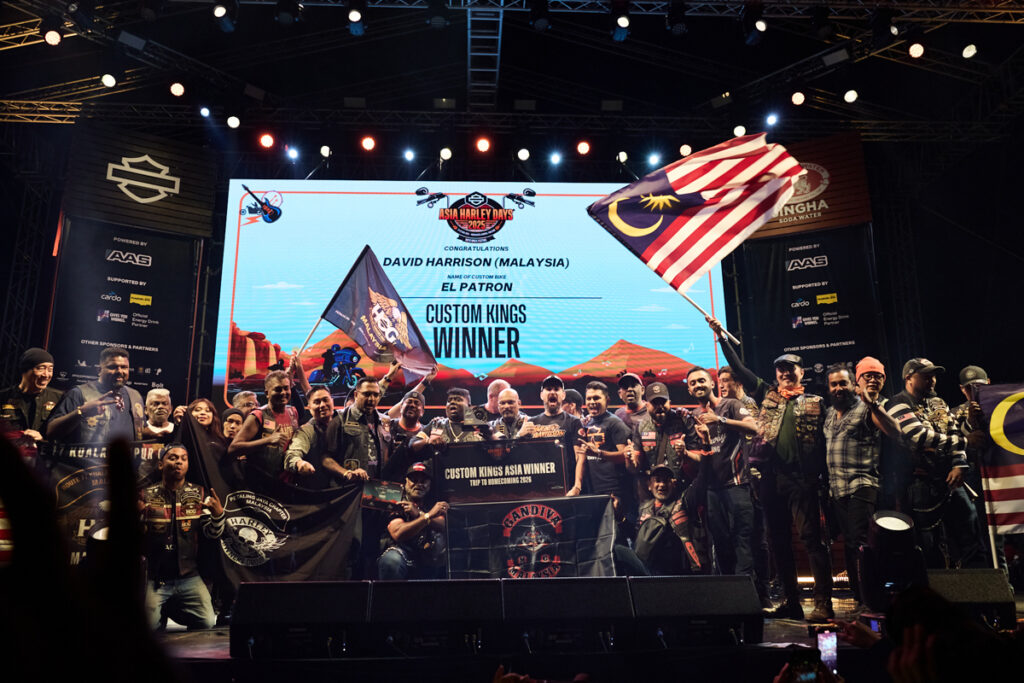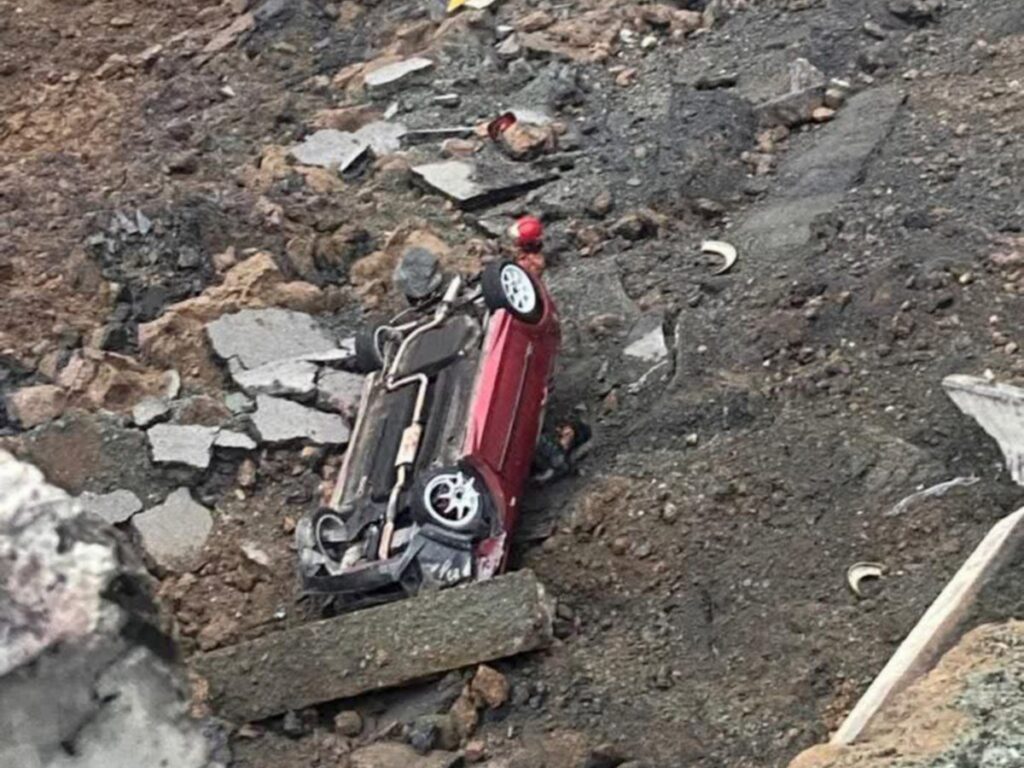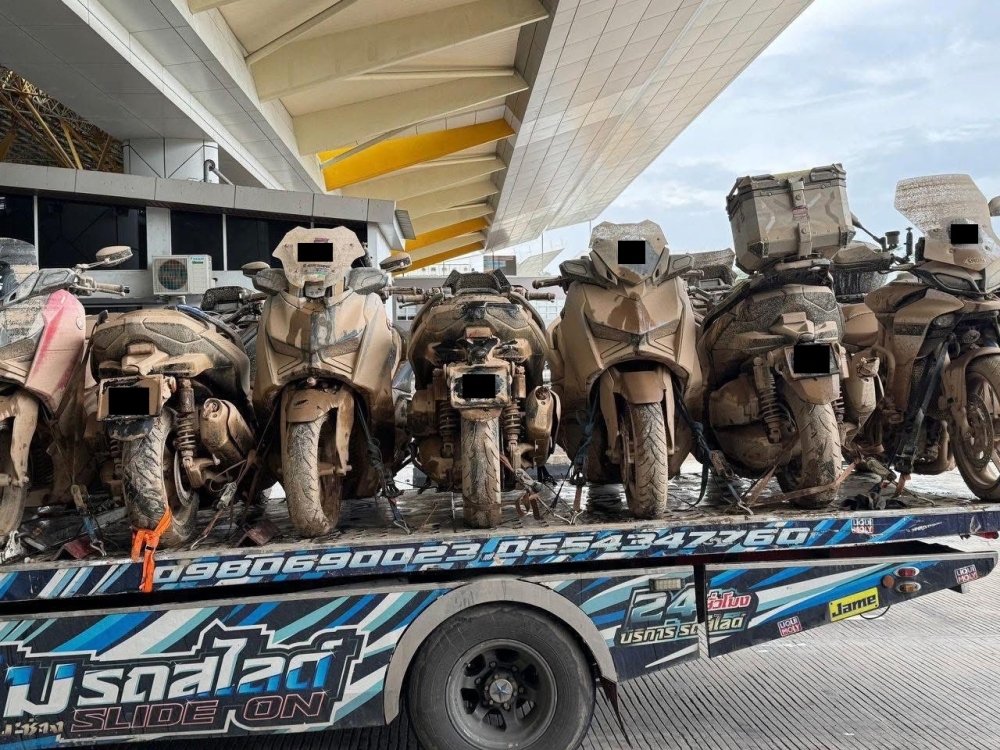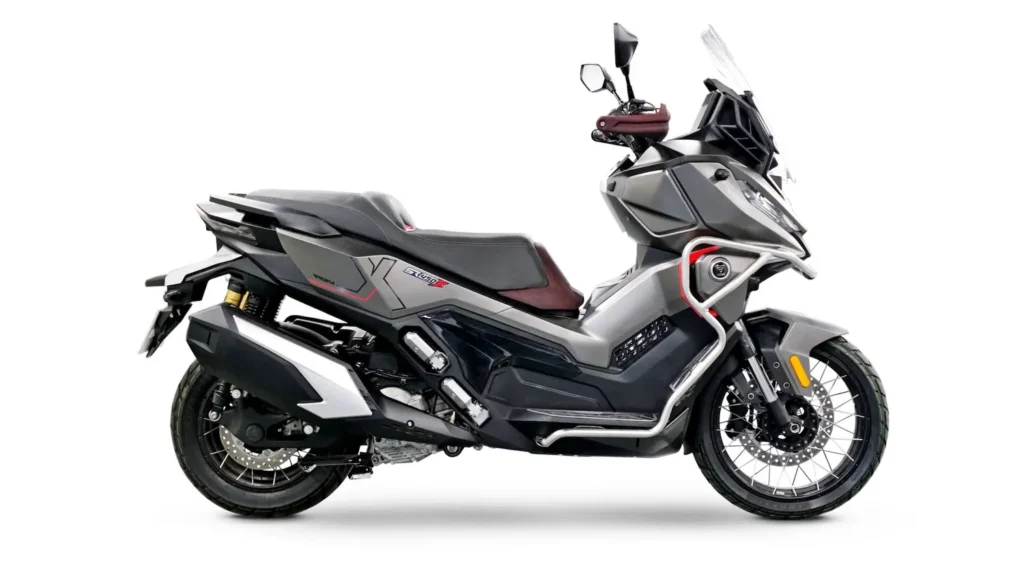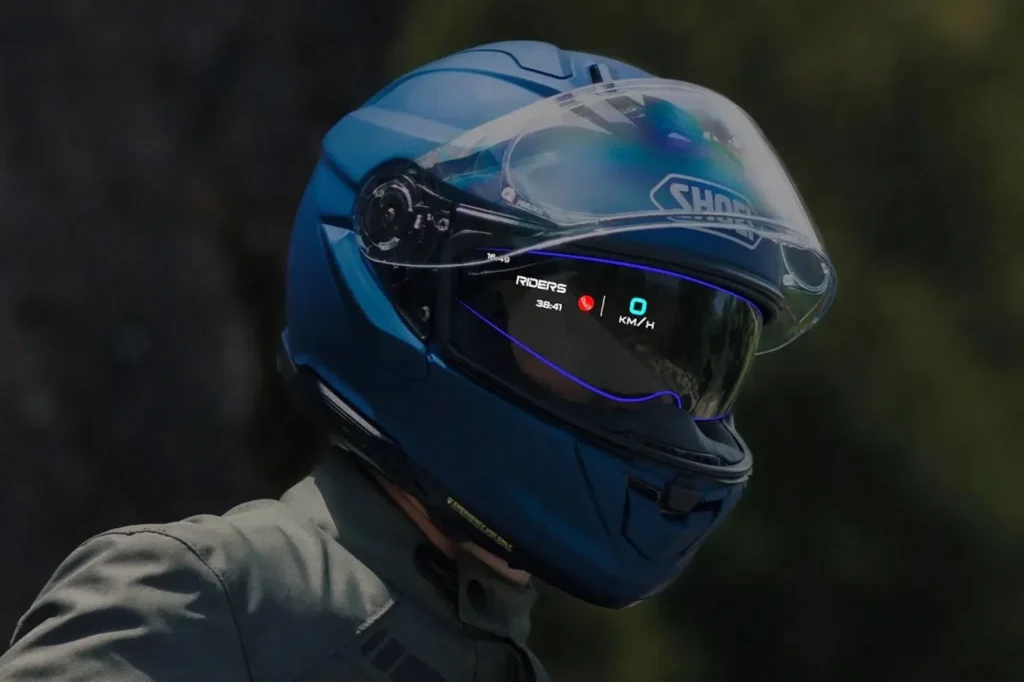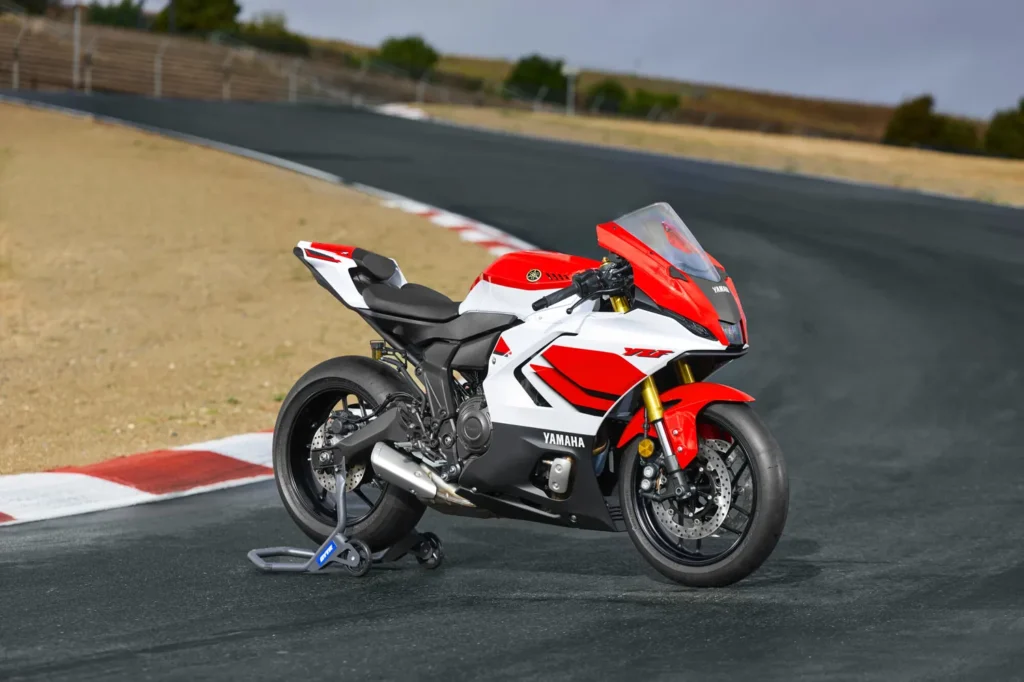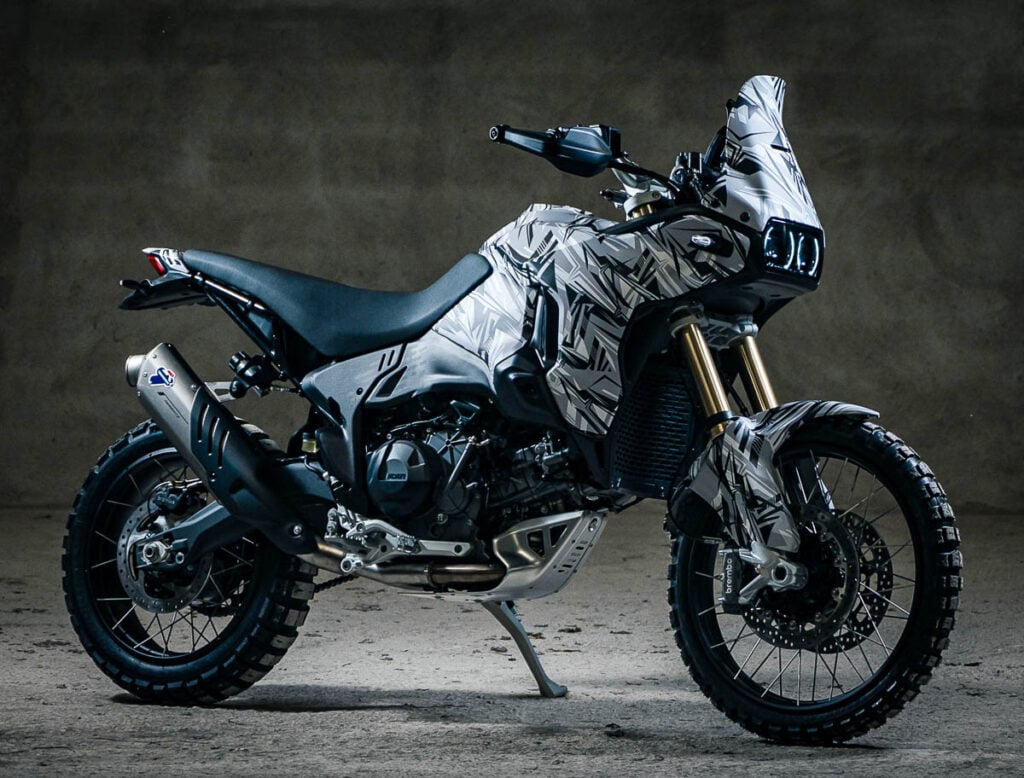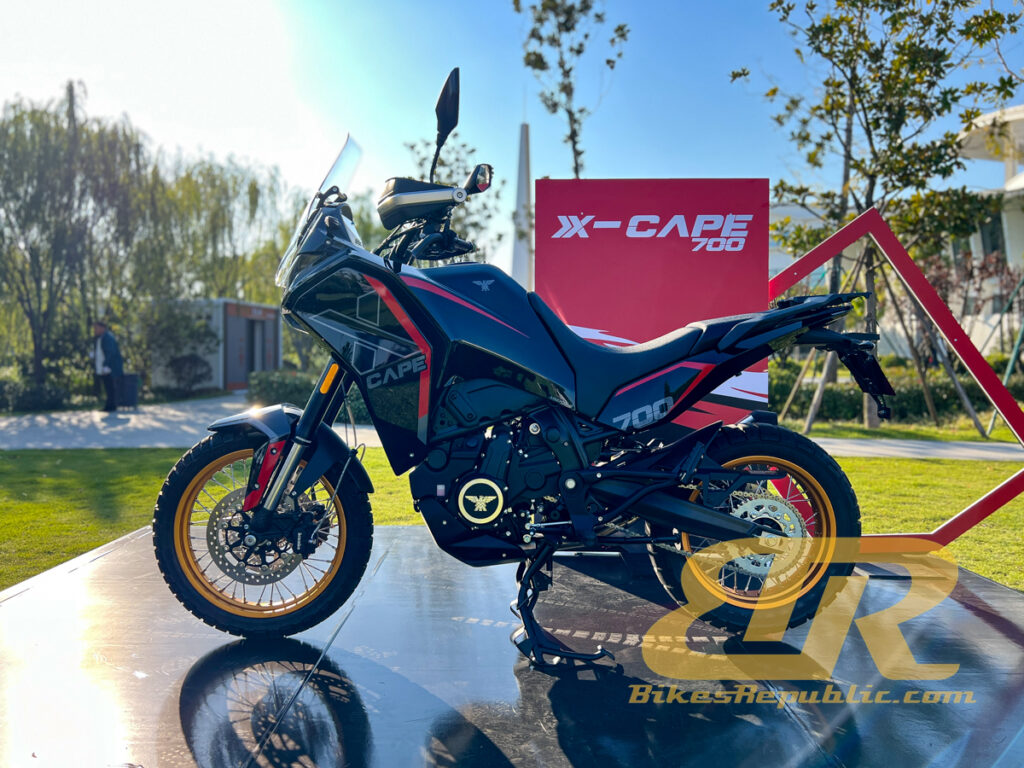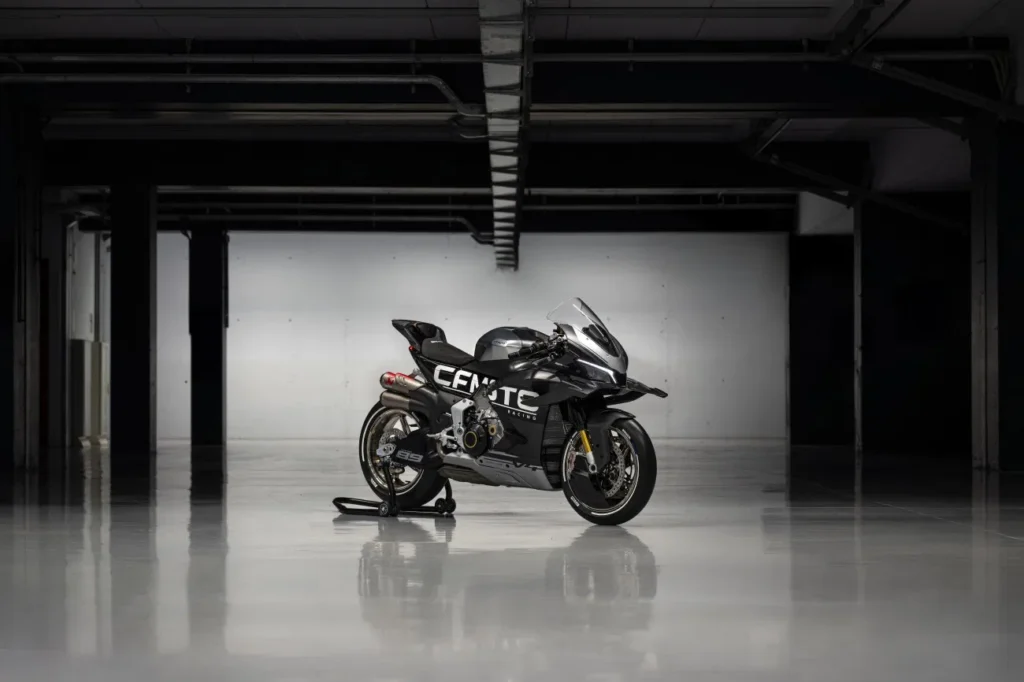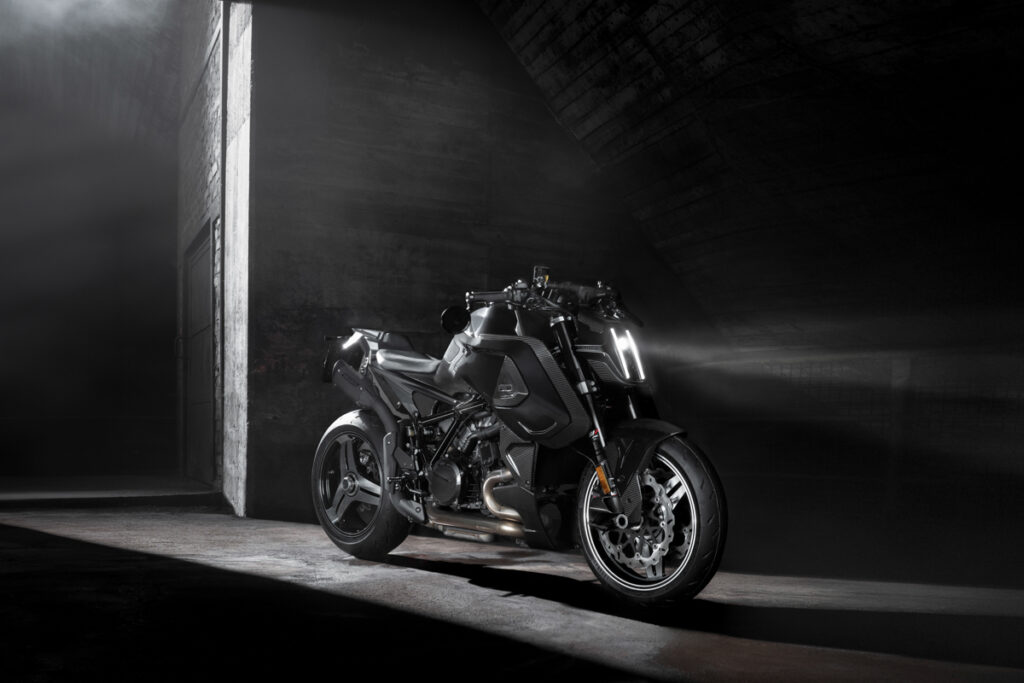BMW R 12 nineT (2025) yang terbaru telah tiba di Malaysia dengan harga bermula dari RM124,500. R 12 nineT merupakan pengganti kepada model asal R nineT yang dilancarkan pada 2014.
Walaupun ia mengekalkan enjin yang sama seperti model sebelumnya, motosikal baharu ini telah melalui banyak penyempurnaan dan dilengkapi dengan pelbagai ciri terkini. Oleh itu, ia dianggap sebagai model yang benar-benar baharu.

Daripada Siaran Media BMW Motorrad
BMW R 12 nineT Serba Baharu mengekalkan kuasa dan karakter enjin boxer ikonik yang sememangnya sinonim dengan keunggulan jenama ini, digabungkan dengan pesona abadi motosikal klasik. Pada masa yang sama, ia menawarkan reka bentuk modular yang pelbagai untuk penyesuaian peribadi mengikut cita rasa penunggang. Antara sorotan utama model ini adalah rangka keluli tiub berstruktur jambatan yang direka semula sepenuhnya, menghapuskan keperluan terhadap sambungan-sambungan terdahulu, sekali gus menghasilkan struktur yang lebih ringan serta penampilan yang lebih kemas dan klasik. Rangka belakang yang turut diperbuat daripada keluli tiub, dipasang dengan kemas dan bersambung terus pada rangka utama.

Tangki bahan api aluminium dengan panel sisi berkemasan logam berus dan salutan lutsinar, digabungkan dengan tempat duduk serta bonggol belakang, membentuk garis dinamik yang menaik dan menyerlahkan profil motosikal yang ramping. Fork jenis terbalik (upside-down) bukan sahaja menyumbang kepada penampilan yang bergaya, malah menawarkan kawalan pengendalian yang cemerlang. Angkup brek jenis radial bersama brek cakera berkembar di hadapan memastikan kuasa pemberhentian yang mantap. Ciri menonjol lain termasuk paip ekzos dengan kemasan krom serta roda aloi ringan bersaiz 17 inci, yang menambah karakter berani pada motosikal ini. Bagi meningkatkan keselesaan ergonomik, kedudukan penunggang direka lebih hampir ke hendal, membolehkan sentuhan lutut yang lebih baik dan postur tunggangan yang lebih ke hadapan. Dua instrumen bulat analog memaparkan kelajuan dan putaran enjin (RPM), dilengkapi dengan port USB-C di sebelah kiri dan soket 12V di sebelah kanan.

Menjadi nadi kepada BMW R 12 nineT Serba Baharu adalah enjin Boxer 2-silinder, 4-lejang, 1,170cc yang disejukkan dengan air, mampu menghasilkan kuasa hebat sebanyak 109 hp (80kW) pada 7,000 rpm dan tork 115 Nm pada 6,500 rpm. Kuasa ini disalurkan secara lancar menerusi transmisi 6-kelajuan jenis claw-shift dan klac kering yang dikendalikan secara hidraulik. Ia mampu memecut dari 0 ke 100 km/j dalam hanya 3.6 saat, dengan kelajuan maksimum melebihi 200 km/j, serta penggunaan bahan api sekitar 5.1 liter setiap 100 km (mengikut piawaian WLTP).

BMW R 12 nineT Serba Baharu hadir dengan kelengkapan standard merangkumi set ciri
keselamatan yang komprehensif, direka untuk meningkatkan keselamatan sepanjang penunggangan. Antara ciri utama termasuklah Kawalan Cengkaman Dinamik (DTC) bagi memastikan kestabilan dan kawalan di pelbagai permukaan jalan, serta BMW Motorrad ABS Pro yang memberikan prestasi brek cemerlang walaupun ketika motosikal berada pada sudut condong.
Lampu Hadapan LED dan Lampu Siang turut memastikan tahap penglihatan yang jelas, manakala sistem Lampu Hadapan Pro Adaptif melaras secara automatik mengikut keadaan pencahayaan, menawarkan pencahayaan unggul sama ada dalam cahaya terang mahupun dalam persekitaran pencahayaan rendah.

Untuk pengalaman tunggangan yang lebih intuitif dan terhubung, ciri Tunggangan Tanpa Kunci dan Kawalan Tunggangan Terhubung disediakan sebagai standard bagi BMW R 12 nineT Serba Baharu. Di samping itu, Pakej Comfort merangkumi pelbagai kemudahan seperti Kawalan Penunggangan, Kawalan Permulaan Curam, serta Pemanas Pemegang, memastikan perjalanan jarak jauh kekal selesa dan menyeronokkan. Dengan kehadiran pilihan mod Rain, Road, dan Dynamic, setiap tunggangan boleh disesuaikan mengikut keadaan dan gaya penunggangan peribadi.

BMW R 12 nineT Serba Baharu ditawarkan dalam satu warna eksklusif iaitu Black Storm Metallic.
Servis Kewangan
Dengan Pelan Pembiayaan daripada BMW Group Financial Services Malaysia, pemilikan bagi BMW R 12 nineT Serba Baharu bermula daripada RM 1,738.00 sebulan, (berdasarkan anggaran Pelan Pembiayaan Straight Line dengan pinjaman sebanyak 90 peratus bagi tempoh tujuh tahun). Pemilik juga boleh menikmati faedah tambahan menerusi Program Minyak Enjin Premium Terkemuka dalam Industri, Servis Inklusif, dan Lanjutan Waranti oleh BMW Motorrad Malaysia.

Harga jualan (atas jalan, dengan Program Waranti Tiga Tahun dan Program Bantuan Tepi Jalan Tiga Tahun BMW Motorrad Malaysia yang baharu, tanpa insurans) bagi BMW R 12 nineT Serba Baharu adalah BMW R 12 nineT Serba Baharu RM 124,500.00.
Untuk maklumat lanjut mengenai BMW R 12 nineT (2025) Baharu, sila layari laman web BMW Motorrad Malaysia.


















